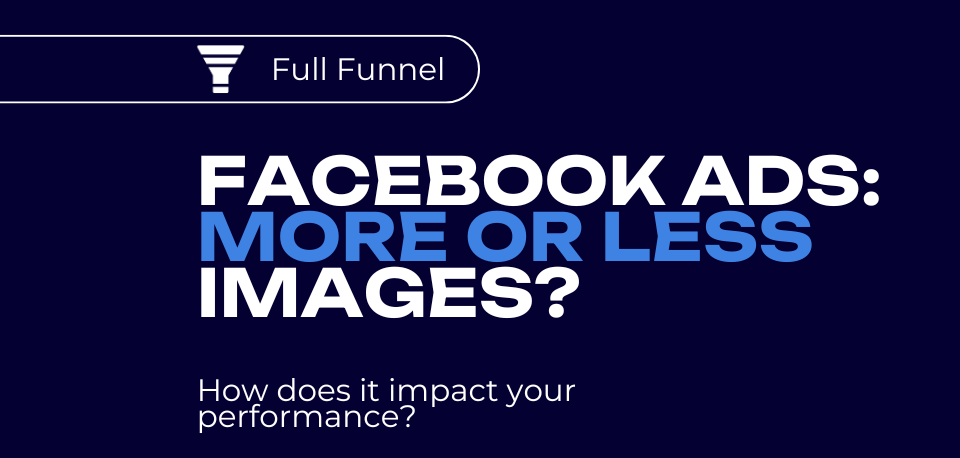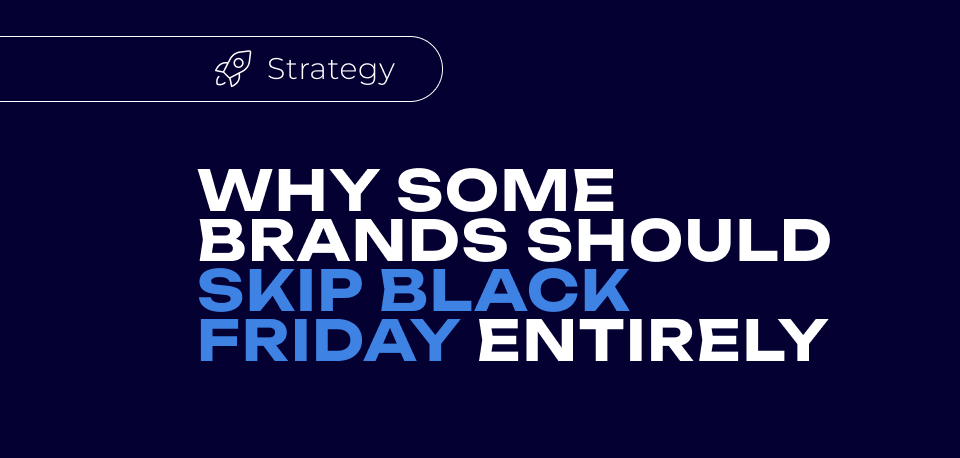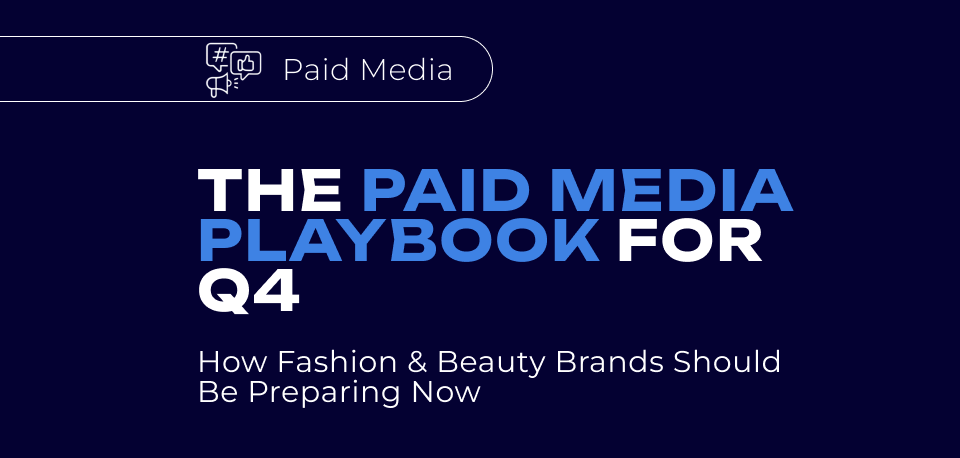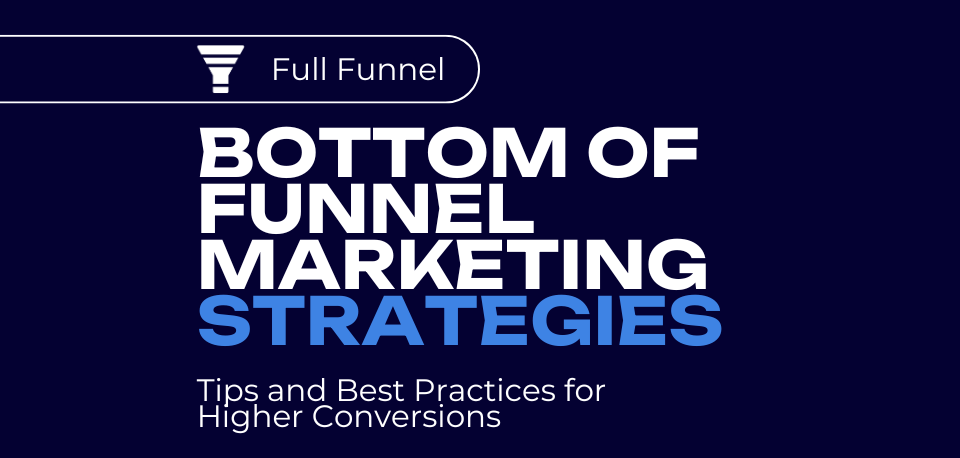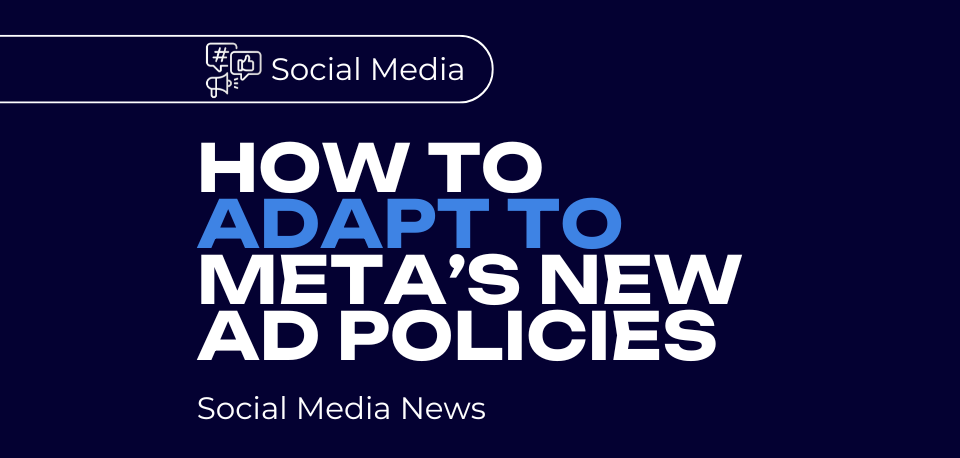Do Facebook ads perform better with more images or less? If you’ve ever experimented with social media advertising before, you’ll already know that visual ads typically generate a lot more engagement, clicks, and conversions than their text-based counterparts.
For those looking to generate a higher return on ad spend (ROAS), and greater ROI, the question isn’t actually “do Facebook ads perform better with more images or less?” It’s “Do images or videos perform better on Facebook?”
Photo-based ads might drive the highest engagement of any type of post on Facebook. But – if you really want to take your advertising strategy to the next level, simply using more images probably isn’t the right move. In this guide, we’ll cover which ad formats to use for a more effective full funnel marketing strategy – and share our proven methods for getting the best results.
Let’s dive in.

Content
Do Facebook Ads Perform Better with More Images or Less?
Technically, the only way to add more images to a Facebook ad is to choose a different ad format for your paid campaigns. Carousel ads are the only type of ad that can include multiple images (up to 10), on Facebook. This type of ad can be extremely valuable for a paid campaign.
Carousel ads have been proven to get 34% more clicks than single-image ads, and they’re ideal for storytelling purposes. If you’re invested specifically in image-based ads, then using a carousel ad, rather than a single image ad definitely makes the most sense.
You can use carousel ads to show off multiple products, highlight the different features of a specific product (or show it from various angles), explain a process, or showcase social proof.
However, video ads, in general, still drive better results than image-based ads overall. According to an in-depth study from a couple of years ago, video ads generated 480% more clicks than images.
Of course – that’s not the only thing that makes video ads valuable. The great thing about video ads is that they appeal to how people actually prefer to learn and interact with companies online. Studies show that 72% of consumers prefer video ads over standard text-based advertising.
Just look at the fact that TikTok and YouTube are two of the most popular platforms worldwide. Videos are excellent for sharing information with customers fast, highlighting your brand’s unique personality, and driving interactivity. Let’s break down the facts.
Images vs Videos: Which Performs Best?
Carousel ads (or Facebook ads with more images, rather than less), have value to offer in a full funnel marketing strategy. There are definitely times when it makes sense to use a carousel ad to capture audience attention – particularly when you have a limited budget.
After all, video ads, on average, have a 24% higher cost-per-purchase than image-based ads. Plus, they can cost a lot more to create, particularly if you want to produce and share high-quality videos. In particular, top of funnel ads seem to have the highest “cost-per-click”, because you’re generally paying for a boost to brand awareness and impressions.
But as most marketers know – cost isn’t everything. When you’re investing in a paid social advertising strategy, you should be looking at your return on investment too – in other words, how much money you’re going to make on your campaign.
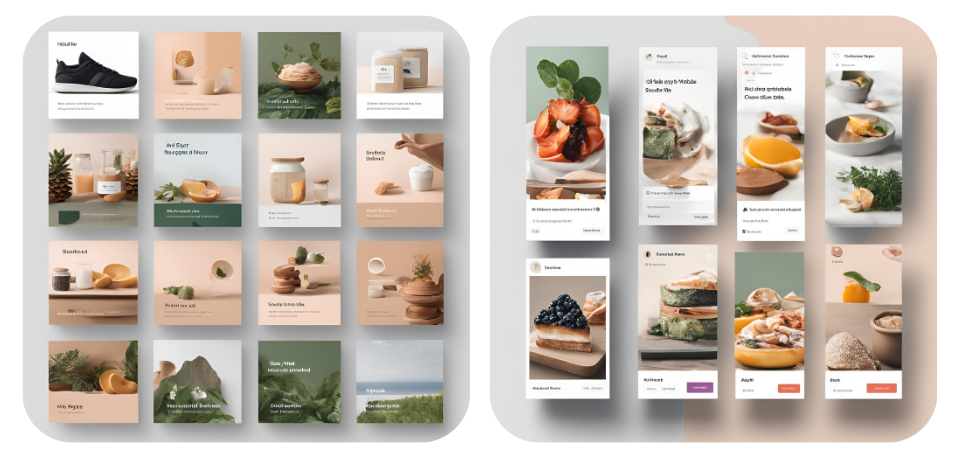
When to Use Image or Carousel Ads on Facebook
If you’ve been searching for “Do Facebook ads perform better with more images or less?” the chances are you already know the value of photo and image-based ads, and want to keep them in your strategy. That’s a good thing. Generally, the best full funnel marketing strategies do include multiple ad formats and various types of content.
Generally, carousel ads make the most sense to use at the top of the funnel, when you want to introduce customers to as many potential products, events, and features as possible. If you want to highlight your new product collection or teach customers all about your brand, carousel ads are a cost effective option – particularly for those with limited budgets.
Creating a carousel ad (using more images rather than less), instead of a single image ad is generally going to generate more engagement and potentially more clicks for your company. The average CTR for carousel ads is significantly higher than it is for a single image ad.
However, while carousel ads typically generate more clicks they fall behind video ads (by 12% on average) in terms of conversion rates. So if you want to generate awareness, and drive traffic to your website, carousel ads are a good pick.
Quick Tips for More Effective Carousel Ads
Our advice, for top-of-the-funnel, low-cost advertising that drives clicks and engagement, is to use carousel ads (more images) over single image ads. When you’re creating your carousel ads, here are some top tips to follow:
Don’t Overdo It
Although using more images makes sense when you want to drive more engagement and share more information – don’t over do it. Although Facebook gives you up to 10 frames to work with – you don’t need to use all of them.
Stick with using the exact number of frames you need to tell the right story or get your message across. Customers will get tired of clicking through your ads if you use too many frames. Additionally, remember , you have limited space in each card to capture the attention of your audience and deliver the right message. If you need to say a lot with each frame, you should probably be using a video ad instead.
Overloading your cards with too many elements will often confuse your audience and lead to lower conversion rates. Make the story as easy to digest as possible.
Remember Legibility
Unlike with a video-based ad, an image-based carousel ad doesn’t share your message with customers using audio. There’s a good chance you’ll need to add text to your ads – so make readability a priority. Use easy-to-read fonts that work well on any device, and pay attention to how you space lines and words.
Keep in mind that legibility is about more than just the font you use too. It’s important to ensure that your “frames” have the right level of contrast, and that everything in those frames is well-balanced from a visual perspective. If you’re struggling to create high-quality carousel ads that are also legible, consider working with an expert.
Experiment with Ad Strategies
As mentioned above, carousel ads are excellent for telling stories, and showcasing your products or product collections from multiple angles. However, they’re also a fantastic choice for retargeting campaigns. Retargeting ads specifically target users who are already familiar with your band – and have already potentially visited your website.
Because these customers have shown interest in your brand already, they’re more likely to engage with a carousel ad, particularly if they want to learn more about the features of a specific product. Using carousel ads for a combination of prospecting (brand awareness building) and retargeting campaigns can help to boost your return on investment.
Test your Creative
As always, experiment with your ads. Use different CTA buttons, messages, and images in A/B tests to see what really works best. Pit your carousel ads against your video ads when possible so you have a better idea of which one works well at each stage in the buyer journey.
You could even consider working with a paid advertising agency to invest in “incrementality” testing for your carousel ads. This will give you a better insight into what kind of impact your carousels are having on your profits and overall growth.

When to Use Video Ads on Facebook
So, if carousel ads are cost-effective, and great at driving clicks – why do we recommend going beyond images for your Facebook campaigns? Simply put, statistics constantly prove that videos are better at generating profits and conversions than their image-based counterparts.
Though some studies indicate that carousel ads can sometimes drive more clicks, and have a lower cost per purchase, video ads drive more conversions. Perhaps even more importantly, video ads are excellent at generating engagement.
On average, videos get about 612% more likes and comments than image ads, making them excellent when you want to create buzz around your brand, and forge deeper connections with your audience.
That means, typically, video ads make more sense than image-based ads when you’re connecting with customers through the later stages in the buyer funnel. Think of it this way, when customers want to compare your product to competing options, or see for themselves what it can actually do, a video is going to be a lot more informative (and compelling), than an image ad.
In fact, in general marketers prefer video ads overall. They say that videos help to increase dwell time on their social profiles, convey a clearer picture of a service or product, and generate leads.
They also say that video ads can help to reduce customer support calls – by giving customers more of the information they need about a product straight away.
How to Optimize Facebook Video Ads
One of the reasons people ask, “Do Facebook ads perform better with more images or less?” rather than “do video ads perform better than image ads on Facebook?” is that videos are typically more complicated and expensive to create and optimize.
It takes a lot more work and effort to create high-quality video ads – particularly if you don’t have an expert in performance creative on your team. Here are some of our top tips for success.
1. Focus on Your Campaign Goals
Before you start creating any ad for Facebook – whether it’s a single image ad, carousel ad, or video ad, you should have a clear vision of what you want to accomplish. Your Facebook ad campaign goals should act as your north star, guiding you towards the best possible content.
If your goal is to drive leads to your business, and increase conversions, then make sure you’re highlighting the benefits of your products effectively, and nudging customers to take action. If your goal is to simply increase brand awareness, or build deeper relationships with customers, make sure your ads can help you showcase your credibility and values.
For instance, you might embrace user-generated content like reviews and testimonials in your ad campaigns, to earn more trust from potential buyers.
2. Add Something Unique
About 88% of marketers say that video advertising is a crucial part of their strategy for growth and overall promotion. That means on every social media channel – including Facebook – you’re going to be fighting for your customer’s attention against a lot of competitors.
With that in mind, even if you’re using the right targeting strategy, it’s important to ensure your videos have something unique to offer. That could be a specific approach to storytelling, a unique tone of voice, an interesting character, or a memorable audio track.
The only way to find out what really resonates with your target audience is to experiment – so don’t be afraid to invest in some “creative testing” strategies with your advertising agency.
3. Keep it Simple and Short
Videos are great for conveying a lot of information to your audience quickly and effectively. However, it’s worth remembering that your customers still have a limited attention span. Facebook ads in video format shouldn’t be long and extravagant.
Most people won’t sit through a video that’s five minutes long – particularly if they’re browsing through their social media profiles from a smartphone. With that in mind, get to the point as quickly as possible. Start your video with an interesting hook, such as a statistic, a fact, or a memorable statement, then get straight to the message.
Speaking of your message – focus on a single message for each ad. Don’t try to convince customers to do multiple things with one video (like attend an event or purchase a product). The more you overwhelm your customers, the less likely they are to take action.
4. Remember Your Call to Action
No matter what the goal of your video ad might be, you’re going to want your customer to do something after they finish watching. That means you need to tell that viewer exactly what you want them to do next. Take advantage of your CTA button.
Ask your customers to visit your website to learn more about a product or deal. Encourage them to purchase something with an actionable statement like “Get Yours Now”. You can even infuse the benefits of whatever you’re offering into your CTA, such as:
- Get your free demo
- Shop the sale
- Grab your discount here
5. Add Subtitles and Captions
We mentioned the importance of making carousel ads legible above to ensure they’re accessible to your audience. Similarly, you need to ensure that your video ads are accessible to everyone – including those who might be watching without sound.
Thanks to the rise of TikTok, more customers are beginning to watch social media campaigns with sound these days. However, plenty still hit the mute button – particularly when they’re watching videos in public. So, add captions and subtitles to your video to make your message clear.
There are plenty of helpful AI tools that can assist you with creating captions in a matter of seconds – just make sure you double check that those captions are correct before publishing your video.
6. Test Everything
Just as its important to experiment with the elements of your image and carousel ads to ensure you’re getting the best return on your investment; you need to commit to testing video ads too. A/B testing is a good strategy here, as it gives you a chance to experiment with videos with different lengths, images, call to action buttons and more.
You can run A/B tests using Meta’s own creator studio, and access behind the scenes insights into which elements of your videos are driving the most engagement. Obviously, this does mean investing a little more into creating various versions of your videos, but you should end up with a better return on ad spend in the long-term.
Do Facebook Ads Perform Better With More Images Or Less?
So, do Facebook Ads perform better with more images or less? In general, the answer is more. Even if you’re focused entirely on image-based ads, carousel ads will typically generate better results than single image ads. However, the reality is that you should be looking beyond image ads too.
While carousel ads and image ads are great for driving clicks on a low budget, and boosting brand awareness, video ads will help to elevate your brand further, strengthen customer connections, and increase conversion rates.
You should be using both types of ads in your full funnel marketing strategy, and testing the results regularly for insights into where to spend your budget.
Need more help building the perfect full funnel marketing campaign for Facebook? The Graygency is here to help. Reach out to our team to find out how we can help you optimize your ad campaigns, and improve your return on ad spend with both images, and video ads.

